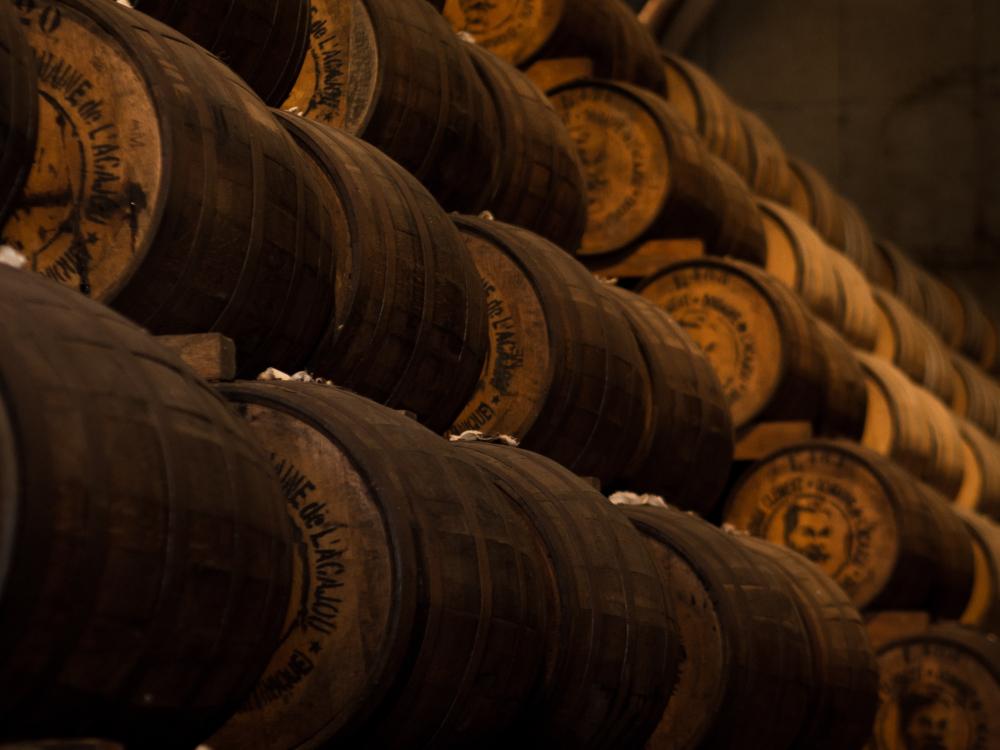TLDR
The truth about sherry casks
Sherry casks are a crucial part of the Solera Sherry ageing process. These have nothing to do with the 'Sherry' casks used by the whisky industry. Sherry casks used for whisky maturation made prior to 1981 were transport casks which held Sherry for its journey to Britain. Since this time the industry has relied upon specially seasoned casks created specifically for the whisky industry.The Long Read
Published January 14, 2021
Contents

The myth
Distillers and blenders love to talk about their sherry casks, and how these are used in bodegas. Some even make suggestions that these casks were the supremely valuable Solera casks used for fractional distillation. In reality the casks used by the whisky industry have more to do with vinegar than with Solera.
The Truth about whisky sherry casks
While manufacturers like to present it differently essentially no sherry casks in Scottish warehouses are real bodega casks that have been used for sherry maturation. Sherry Bodegas use their casks until virtual exhaustion and have no desire to sell these to whisky distillers. Even were this not the case, there are not numerous enough to supply sufficient volumes for whisky maturation. This is not a new development, and it was almost never the case that true Bodega casks were used.
Historically, before the introduction of bottling in bond, sherries were exported from Spain to Great Britain by sea in oak casks. Rather than transporting these now empty casks back to Spain for reuse these casks were sold on once emptied, and thus these barrels ended up in Scotland and were used for the maturation of whisky. These transport casks were still extremely flavourable having held the sherry for prolonged periods of time, firstly while waiting in warehouses, then during long shipping times, then in warehouses at the other end until they were finally emptied. Today significantly less sherry is consumed within the UK, and the end of shipping in casks has meant that these ‘transport’ casks are no longer readily available.
In the absence of these transport casks the whisky industry predominantly shifted production to the use of ex-bourbon casks which are plentiful due to legal restrictions allowing them to be used only once for bourbon maturation. The remaining sherry matured whiskies are actually ‘seasoned casks’, produced specially for Scottish distilleries at the Spanish bodegas. Whiskies maturing in Oloroso or Pedro Ximénez ‘sherry casks’ are in reality whiskies matured in a cask that previously held a sherry like wine. Despite this the industry will continue to refer to these as sherry casks, for now.
Seasoned ‘Sherry’ casks
In order to satisfy the whiskey industry’s great need for sherry casks, artificial sherry casks are now being produced. For this purpose, barrels are filled with sherry for at least twelve months, but potentially as long as thirty, which only serves the sole purpose of turning a barrel into a sherry barrel. The sherry is then no longer sold as a drink, but after it has been used several times to condition barrels into sherry barrels, it is used to make vinegar. As Miguel Martin owner of J&MM (José y Miguel Martin) tells us the seasoning casks for the whisky industry has nothing to do with the production of any sherry product “Both Oloroso and PX sherry, as products on their own, need old casks to mature in. So the process of seasoning casks for Scotch whisky is a totally different system of quality than creating a solera system for sherry production. Seasoning casks is only for the benefit of the whisky which will go into those casks”.
After the desired time has elapsed, the wine is usually removed and reused to season another barrel. While this may not be as romantic as some would have you believe, but it does mean that distilleries can use custom seasoned casks to obtain the specific characteristics they desire.
American over European oak
One other aspect of this which is worth considering is the type of wood used. While most consumers imagine that sherry casks are made using European oak this is not always the case, nor is this desirable. American oak has a number of benefits over it’s European counterpart, primarily a greater concentration of vannilin over tannins and being thincker and less porous. This means the casks are less likely to leak, and less likely to overpower a delicate Fino Sherry for example.
The facts
The casks used by the whisky industry have nothing to do with the production of Sherry and so calling these ‘Sherry’ casks is certainly misleading. It’s unfortunately also quite helpful as well and so unlikely to change anytime soon if left to whisky producers. This is because the casks names are recognisable to whisky consumers, and while the seasoning may not be Sherry it does aspire to be Sherry-like. A moderately experienced whisky drinker reaching for a whisky bottle proclaiming Oloroso knows what he or she is getting, and will likely have a preference for one type of ‘Sherry’ cask or another.
It is also true that the transport casks used pre-1981 were not the Solera casks used to mature the sherry. As a result, the barrels only came into contact with sherry for a relatively short period of time and were therefore probably not too dissimilar in their profile to the ‘Sherry’ barrels created by seasoning today. Whisky producers should in the opinion of Whiskipedia be more transparent with their consumers, for no matter how romantic the image the truth is always preferable. Ultimately the decision may not be left to the whisky industry however, numerous calls have been made to make Sherry, Jerez and other related terms protected in much the same way Champagne is. Which is why, outside of an exceptionally expensive one off Feis Ile bottling, you’ll likely never see Champagne cask on a whisky bottle.

